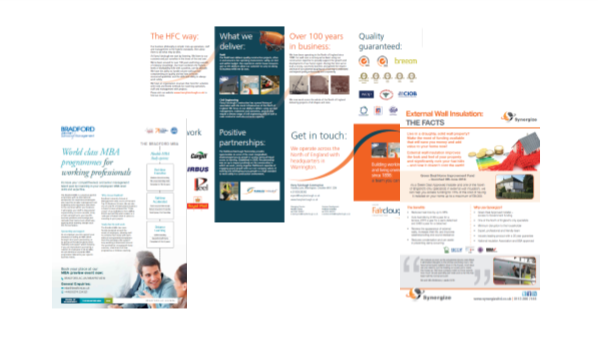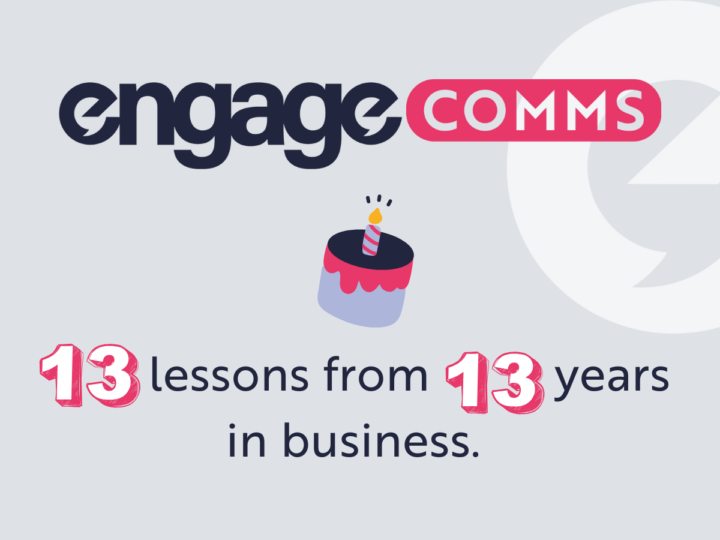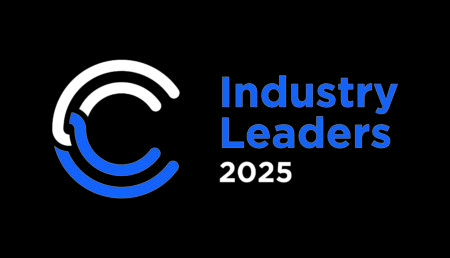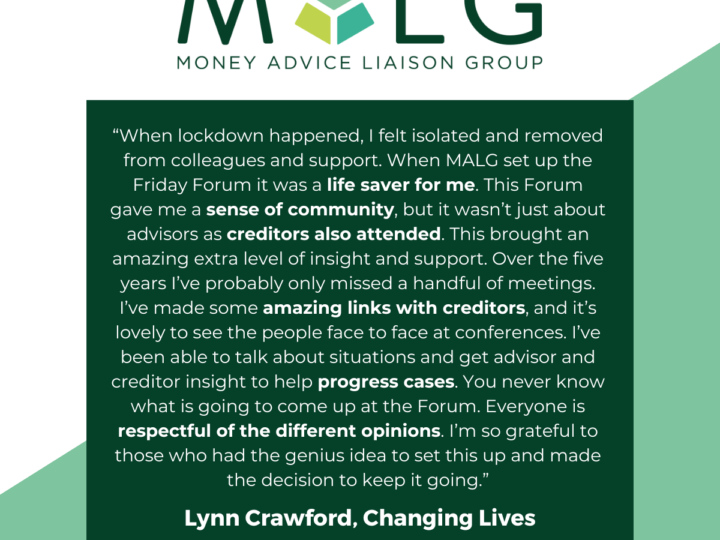Although we call ourselves digital communications specialists at Engage Comms, not all of what we do is solely ‘digital’. We aim to apply traditional communications and business principles to the digital age, no matter what the format or media, which sees us writing content for brochures, flyers, tenders, case studies and award entries, as well as websites blogs and social media platforms.
My first job was in traditional marketing where I was responsible for dealing with the development of print materials and in just two years I saw a shift in the way they were regarded and what impact they had for businesses. As I started to introduce clients to the possibilities of growing their brands and businesses using social media, they started to question whether print materials were still relevant. What I noticed was that, rather than becoming irrelevant, in a world where we are all bombarded with digital content via our smartphones every day, printed materials were becoming more valuable and sought after.
However, as a result of how the culture of communications and information sharing has changed when it comes to digital media, people’s expectations of traditional media have also changed. So, how can you make the most of printed marketing materials in the digital age?
1. Focus on quality over quantity
Just as people became so tired of ‘junk mail’ that they started ignoring most of what came through their door, people won’t tolerate being ‘spammed’ online and will quickly unfollow or ‘mute’ people who overdo it with their updates on Twitter, Facebook and LinkedIn. Keeping ‘front of mind’ with your audiences is important but when it comes to printed materials, less is more, particularly in terms of frequency. Better to send or give out one thing a year that is produced to a really high standard and adds real value to the reader than to send them something monthly that doesn’t really tell them much. It just means that they will come to ignore all future communication from you. Likewise, quality rather than quantity of words is important. The beauty of printed materials in the digital age is that they only need to be a ‘door opener’ from which you can signpost to further information online. Think really carefully about the key message you want to get across and stick to it rather than trying to overload the reader with information all at once. Those that do go online to find out more are the ones who you know are really interested and you can the capture quality data from them, rather than just having a big mailing list of ‘inactive’ audiences. Finally, don’t be fooled into thinking that quality of design, imagery or paper is less important in the digital age. With printed materials becoming rarer and rarer, people really value a good quality piece of content that looks and feels good in their hands – that is if they still know how to turn pages without swiping at a screen!
2. Think ‘storytelling’ rather than sales messages
Whilst on the one hand, people are more impatient when it comes to how they receive and digest content in the digital age, they are also more curious and prepared to spend time reading out something that really interests them. There is a lot of evidence showing that ‘long form’ content actually gets more clicks, shares and interaction online than ‘bitesize’ pieces. Whilst focusing on one quality message is key, it needs to be positioned in a way that tells a story and isn’t just a sales push. Case studies are a good way of letting your products/services speak for themselves and makes your story more memorable and engaging. It may seems like an indirect way of generating leads but longer term brand and relationship building will lead to a more engaged fan base and ensure that your content doesn’t get ignored. Also don’t forget that images can often tell stories so you don’t always need lots of words to capture people’s imagination. Thinking about storytelling rather than selling will also help you strip away any jargon and get you to think like and speak in the language of your audience.
3. Make it feel tailored/personalised
In the digital age, ‘mass mailers’ are a thing of the past. As we advise our clients with their social media efforts, you shouldn’t try to be ‘all things to all men’ with printed materials. The more niche, specialist and specific you are, the more likely it is you’re your content will stand out with the people you really want to talk to. Ensuring that you are using the right language for the audience you are targeting with your printed materials is key. Your printed marketing materials can no longer afford to be ‘static’. Like online content, they need to respond to what’s on your audience’s agenda so that it feels like it is speaking directly to them. The best way to do this is to move from a products-led to an outcomes-led approach, focusing on what the benefits to the end user are and why it is relevant to their life here and now, rather than on what you’re actually selling. Making your content tailored/personalised doesn’t just mean playing to people’s selfishness. Social media has also made people want to feel part of something so try to make it feel like you are talking to a specific community/interest group rather than just an individual.
Above all, what audiences want from content in the digital age is for it to be USEFUL. If your printed materials don’t answer their questions, offer any advice or provide them with an incentive that will benefit their lives, they will just ignore it and go and do their research online. Need help with your marketing literature? Read more about how we can help and see examples of our work on our services page.



